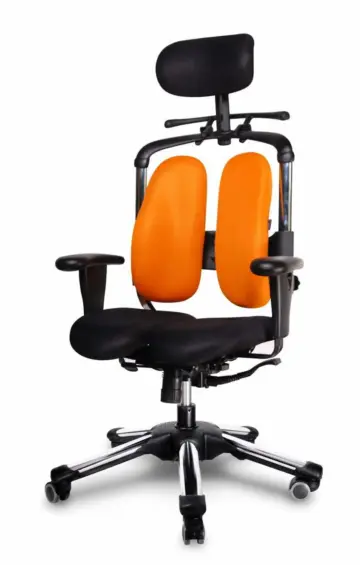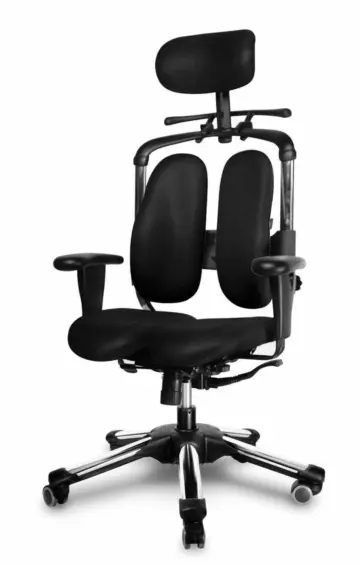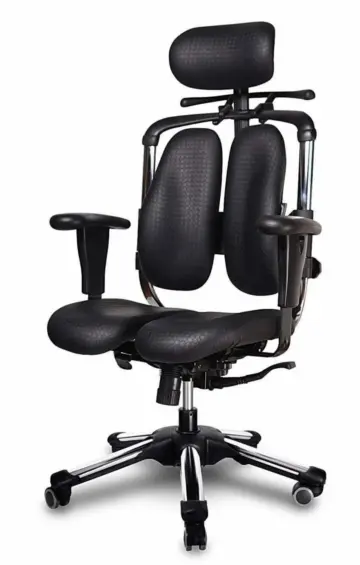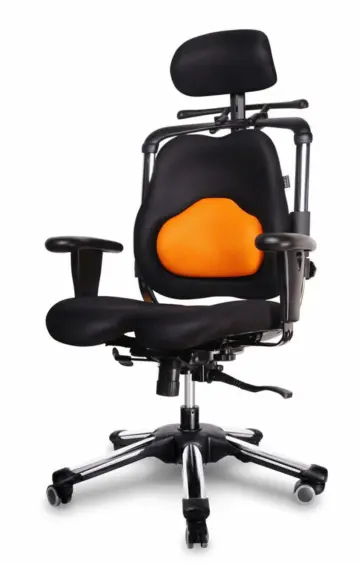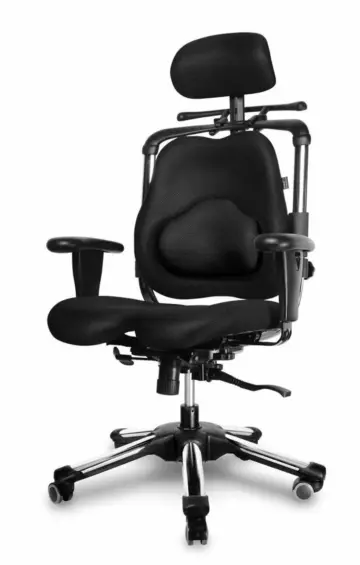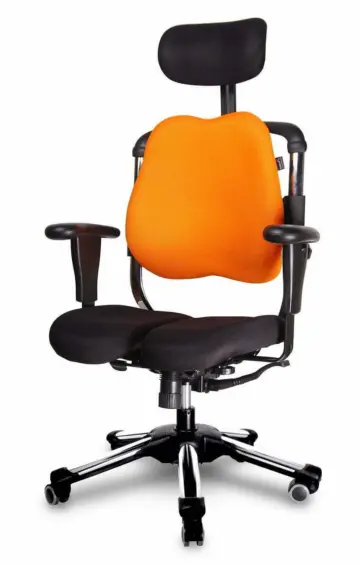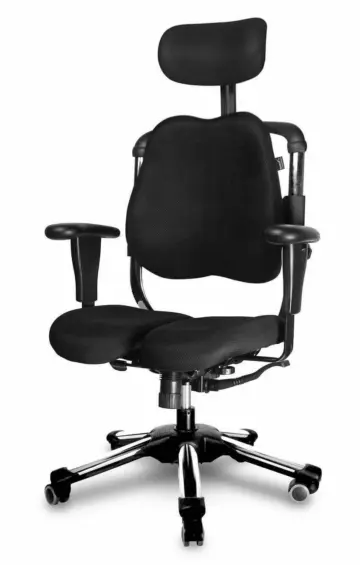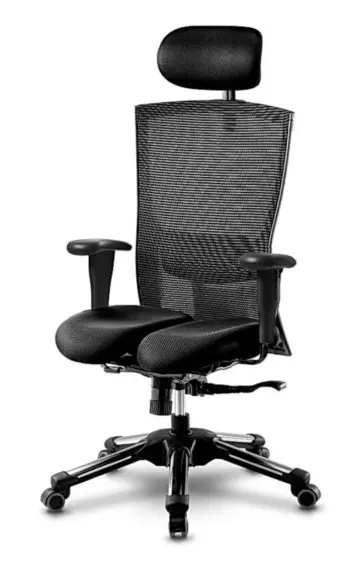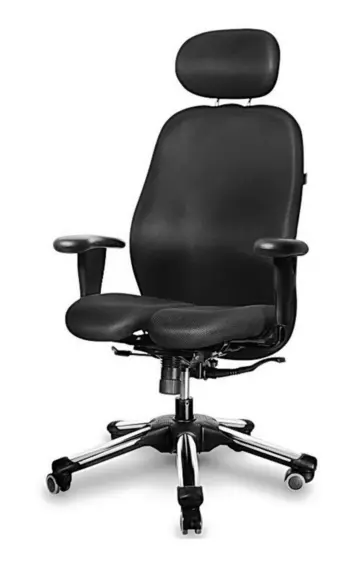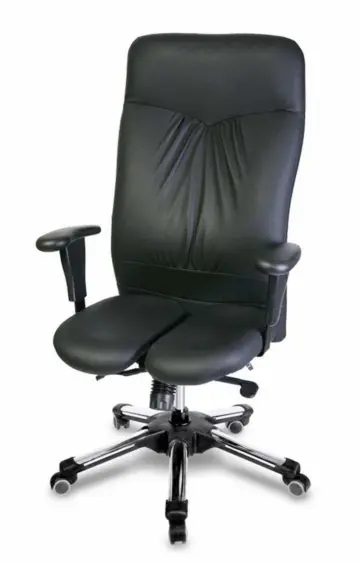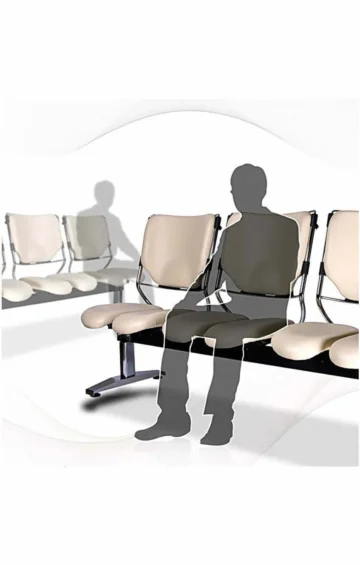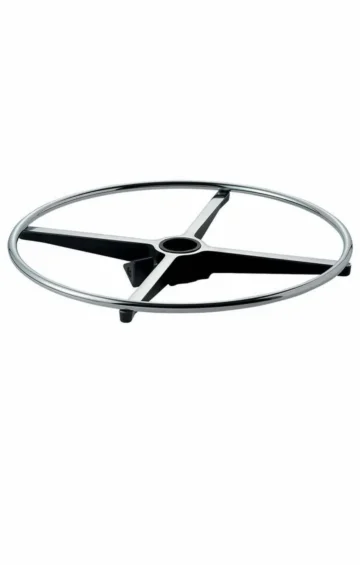Active Sitting
Active sitting in changing postures prevents many back pain. Conventional sitting, on the other hand, is rigid, and sitting rigidly means tense back muscles. The intervertebral discs are stressed monotonously, the posture in the pelvis and trunk slackens, the body sits sick. At the same time, sitting rigidly makes you tired. The concentration drops due to the lack of oxygen in the blood. Doctors therefore recommend active, moving sitting on active seating furniture that encourages the body to change position and posture frequently.
Office chairs that move
Active seating brings activity, health and quality of life into the office. Whether eight or twelve hours, active sitting promotes movement throughout the day. Active sitting in changing postures prevents lower back pain because it stresses the various back structures differently and avoids one-sided stress. Sitting healthily therefore means changing your sitting position as often as possible. Movement therapists recommend shifting your weight, sometimes on the left and sometimes on the right buttock while sitting. True to the motto: The next sitting posture is the best.
The muscles need movement
A look at the anatomy also shows why active seating furniture is so good for the back: the spine is a column made up of 24 vertebral bodies stacked on top of each other. The wobbly structure is held together by numerous muscles. They form a network of thin ligaments that criss-cross connect all the vertebrae. Supporting ligaments straighten the spine and stabilize it alternately. While a muscle strand pulls, its opponent gives in while holding. A complicated system that only worksniert when all muscles are equally strong. Muscle weakness is one of the main causes of back pain. The numerous back muscles can be optimally exercised by actively sitting – and that also true during office work.
But which chair actually supports active sitting? An office chair that supports active sitting adapts to the movements of the person sitting. The back always stays upright. The intervertebral discs are nourished, the organs relieved and the circulation stimulated. Performance increases as does concentration and mood. The backrest and seat move with the movements and promote the change between active, dynamic and relaxed sitting.
Fit through active sitting
Active sitting offers movement possibilities in three dimensions: swinging in the vertical as well as horizontal movements forwards, backwards and to the side. The resulting continuous alternation between loading and unloading the intervertebral discs avoids tension. At the same time, the back and abdominal muscles are trained. The circulation is also stimulated and fatigue is prevented. Important: The seat surface, which is slightly curved upwards, counteracts the tendency for the pelvis to tilt backwards.
Our Customers

